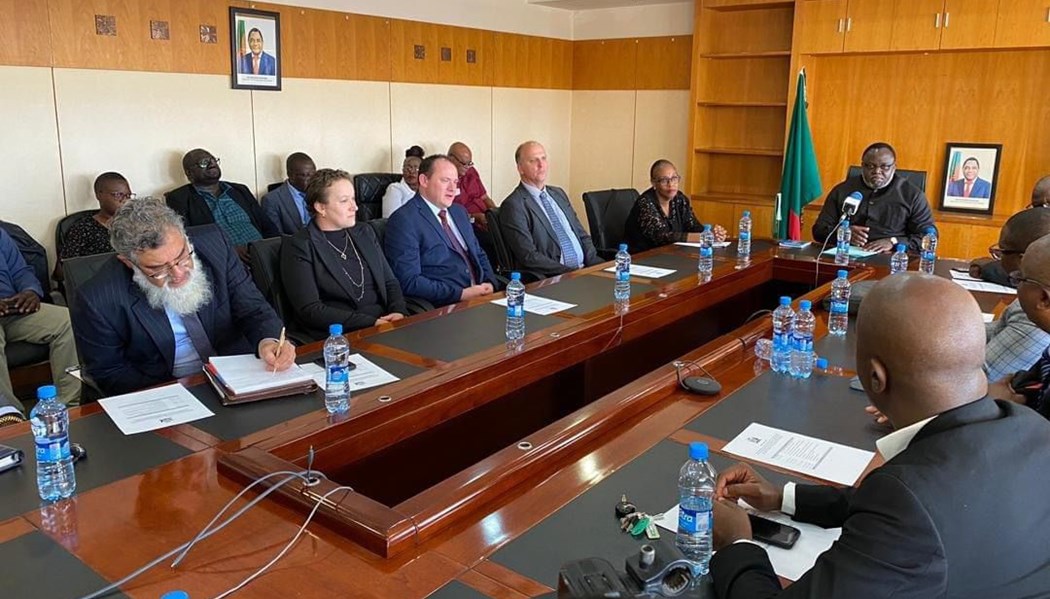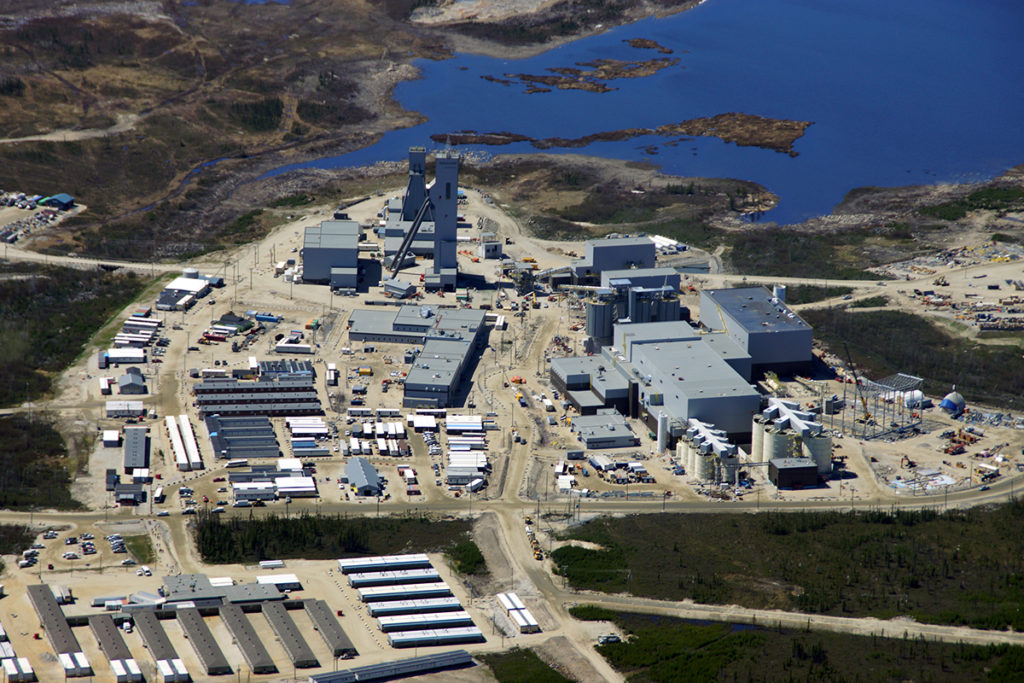Mining Other

Angola’s First Rare Earths Mine on Track for 2027, but Financing Hurdles Remain

Pensana announced on Tuesday, August 26, that its Longonjo rare earths project is on track for first production in early 2027. This milestone would mark the launch of Angola's first rare earths mine, positioning the country to become a producer of these critical metals for the global energy transition.
The update comes approximately three months after the start of the project's $268 million construction phase. Once operational, the mine is expected to produce 20,000 tonnes of mixed rare earth carbonate (MREC) annually. MREC is used to manufacture the permanent magnets found in electric vehicles and wind turbines.
An expansion phase is planned to increase MREC production to 40,000 tonnes, which would eventually allow Longonjo to cover 5% of the world's supply. This would make Angola a significant new player in a market dominated by China and support the country's economic diversification ambitions. Currently, 90% of Angola's export revenue is from hydrocarbons, followed by diamonds and gold.
Under the project's mining agreement, Pensana is set to pay the state a 2% royalty on Longonjo revenues, as well as a 20% national tax and a 5% municipal tax on revenues after a two-year tax exemption. Angola is also expected to benefit from the mine's revenue through the 26% stake in Pensana held by its sovereign wealth fund, a share that could soon be increased to 37%.
However, several steps remain before production begins. The project's capital is not yet fully funded, with the company having received only $25 million of the $268 million needed. The remaining financing, including a $160 million loan from the Africa Finance Corporation (AFC) and South African bank Absa, is conditional on the finalization of definitive documentation.












